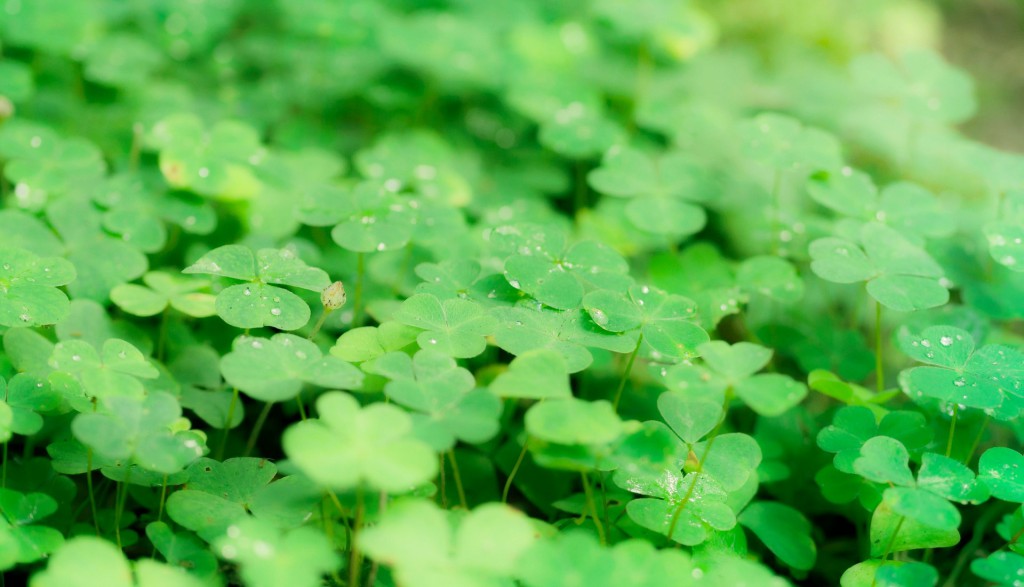Every living being on Earth is a part of a giant network where different species depend on each other for survival. This natural system is very complex and built of many different networks where different species interact with each other. Read more
Posts
There are approximately 140 000 species of higher fungi. Only 10% of mushroom-forming species are known, making them an enormous untapped pool of potentially useful substances. Read more
Cannabis, also known as marijuana, is a plant from Central Asia but is grown in several parts of the world today. This plant produces cannabinoids – active chemical compounds that cause drug-like effects all over the body, including the central nervous system and the immune system. Read more
As I was winding down my work for 2015, an article in “The Scientist” on shortage of agar in late November caught my eye. At the time, I was busy planning experiments that involved production of bacteriophages which infect and replicate within bacterial cells Read more
Over the last decade or so, the explosion in outputs of DNA sequencing, bioinformatics and modern molecular genetics opens the possibility of completely redesigning new crops from scratch.
The clover genome is very complicated and even though many scientists have tried to find the exact genes responsible for the four-leaf mutation, they haven’t been identified as of yet.
Most popular
Best Electronic Lab Notebooks (ELN Reviews) in 2024December 13, 2023 - 8:00 am
Best Single-cell RNA Sequencing Data Analysis SoftwareJanuary 3, 2022 - 8:46 am
The Next Generation Of Antivenom Production Holds Many Possibilities For The FutureMarch 17, 2021 - 8:19 am
Connected Laboratory & the Role of IoT in ScienceFebruary 4, 2020 - 4:02 pm
The Importance of Better Digital Data Management in Laboratories and The FAIR FutureFebruary 4, 2020 - 3:06 pm






